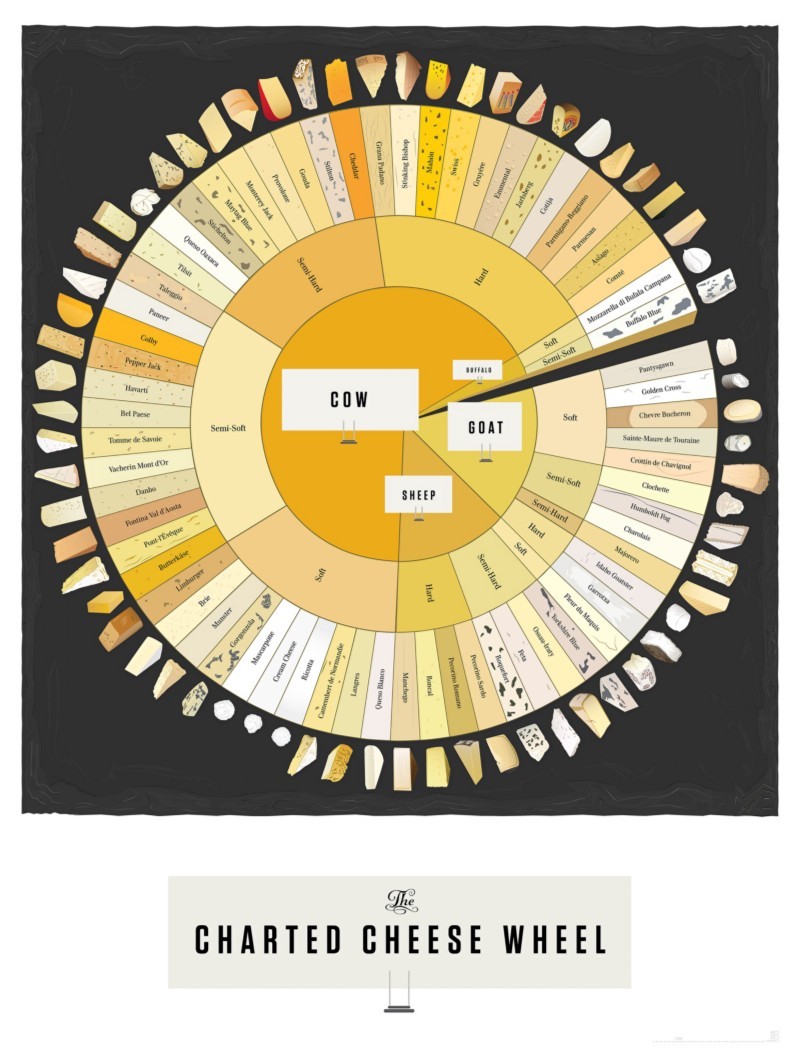Favorite infographics of Abraham Lincoln and the five characteristic qualities of the most memorable images (continued)

Continuation of the material on how to choose the optimal image for solving various problems , getting rid of graphical trash and using the effect of prior knowledge.
3. It makes no sense to look for beautiful images
Is beauty a memorable quality? It turns out no. In any case, not in illustrations.
It is unlikely that you will remember images that are pleasing to the eye, for example, a picturesque landscape, but such a photo of an old bathroom with graffiti on the toilet will remain in your memory for a long time.
')

Phillip Isola, one of the authors of “What makes an image memorable?”, And part-time neurobiologist at the Massachusetts Institute of Technology, gave this explanation:
Pleasantness and memorability are not the same thing.
By the way, at least in one case, beauty can help memory. You rather remember the snapshot of the supermodel Gisele Bundchen than the image of some unnamed girl in the stock photo. However, in reality, this is connected not so much with beauty, as with the fact that you have already seen Gisele Bundchen in other photos. People are more inclined to memorize what they already have prior knowledge about.
A visual image is much more likely to remain in long-term memory if it already has any meaning for you.
So, when choosing an image and developing a project, if you want to achieve good results, do not forget about the usefulness of images familiar to your target audience.
4. Create creative infographics and charts.
Infographics have become popular for a reason. Such graphic forms, along with diagrams and diagrams, are remembered much easier than graphs. This is due to the fact that the illustrations in infographics to some extent imitate what we see in the real world - for example, the images of cheeses in the image below.

Graphic lines, on the contrary, look “unnatural” - the graph is similar only to the graph, and not to what can be seen in everyday life. In addition, all the graphics look, in fact, more or less the same, which does not benefit the ease of remembering them.
The question of "graphic trash"
And yet, studies of memorable visual images suggest that the word "memorable" is not always a synonym for the word "understandable." Infographics can be memorable due to the fact that to decrypt it takes some time. However, it is recommended to strive for clarity.
In the same study, illustrative materials that contain “graphic trash” or visual additions that are not necessary for understanding information were recognized as more memorable than minimalist images. But it is worth noting that there are different opinions about whether graphic trash helps memory. Or, on the contrary, harms her.

Above is a simple example of “graphical trash” with unnecessary lines on the columns and along the axes of the diagram, which makes it hard to see the numbers, and all this is complemented by a background laid out with bricks. In sum, this gives more visual information than we need, which can increase image memorability to the detriment of clarity.
It is best to stick to the golden mean and strive for "functional art". This means that designers can give free rein to their imagination in order to increase the memorability of their work and arouse interest in them, but it is necessary to avoid adding any elements that impede understanding. Avoid art for the sake of art.
In short, make it your goal to create interesting images, not a visual obstacle course.
5. Use multiple images to improve the performance of information.
According to Janet Brain, a specialist in learning disabilities, a variety of visual effects are particularly useful in the learning process. She talks about the benefits of technologies such as interactive computer graphics and video clips, but you can apply the same philosophy on a smaller scale to your projects. A variety of images helps memory work by demonstrating a number of different visual cues that increase the efficiency of providing basic information. This is the basic principle of the work of infographics.
You can also use this for blog articles. For example, do not limit yourself to using only stock images, add to the article a memorable combination of schemes, quotes, infographics, old photos, paintings and video clips. You will notice that in this article at the same time there is an infographic with a map of President Lincoln, as well as a portrait with an image of this map. That is, the Lincoln map is presented in two different ways within the same post, due to this the chances are increased that you will remember it for a long time , and also, we hope, the article itself.
It is also worth noting that, although images are remembered better than text, but combinations of graphic and text materials are much more effective than simple pictures. This is not surprising, given the popularity of infographics with captions overlaid on images. Graphic and text materials complement each other and increase memorability, similar to how several images work.
How to make images memorable?
Does all this mean that the only way to hold onto someone's memory is to create a complex infographic with images of toilets painted in seven harmonious colors?
Of course no. Although the memorability of such an infographic could be very good.
But it is better to decide which of the "activating memory devices" will be the most effective in your case.
Here are some key points you can take for your next project:
1. It is best remembered for images that are composed of several natural and harmonious colors.
2. The most memorable images are people expressing emotions or interacting with each other, followed by images of objects. Landscapes quickly fly out of memory.
3. Beauty is not very important, but preliminary knowledge is quite important.
4. Infographics is well remembered. Charts are remembered poorly.
5. Functional art can help the work of memory.
6. A variety of image types increases memorization efficiency.
Memorization is not everything.
Remember that the images you use should also be combined with your brand. Do not give up branding for a set of memorable images that will not do anything to promote your brand. Although a large number of pictures contributes to memorization, images that are not connected with each other are forgotten extremely easily. They just distract your attention.
Try to use memorable, impressive images associated with your brand.
It is worth noting that memorable images are not necessarily attractive, effective or “clickable”. But at the same time, all this is a natural consequence of the increase in memorization.
PS We recommend another article on the work on yourself - How to be self-taught .
The author of the translation is Vyacheslav Davidenko, the founder of the TESTutor company.
Source: https://habr.com/ru/post/297896/
All Articles